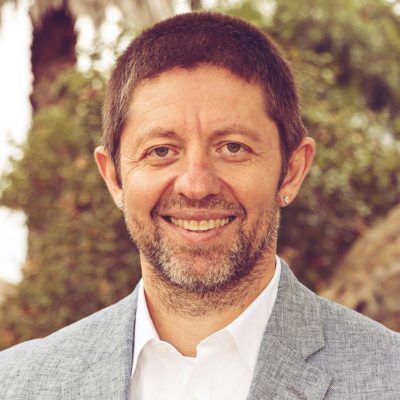The SLO Noor Foundation is a leader in providing free health care to uninsured residents of San Luis Obispo. The founder and board member, Dr. Ahmad Nooristani, is an Afghan-born physician who doesn't believe in obstacles. He has grown the Noor from a small office that saw a few patients a week, to a state-of-the-art clinic that accommodates over 7,000 patient visits every year, has an on-site lab and provides comprehensive dental and vision care. All with the help of over 100 local physicians, dentists and other providers who are volunteering to support their community.
Even after all the growth he’s achieved, Dr. Nooristani says that he's moving too slowly. He believes that the U.S. health care system must be reimagined, but, in the meantime, he's doing his best to help as many people as possible. As a result, he's starting a new free clinic, Savie Health, in neighboring Santa Barbara County.
We spoke with Dr. Nooristani to learn about the Noor. Our conversation with Dr. Nooristani has been edited and condensed for clarity.

